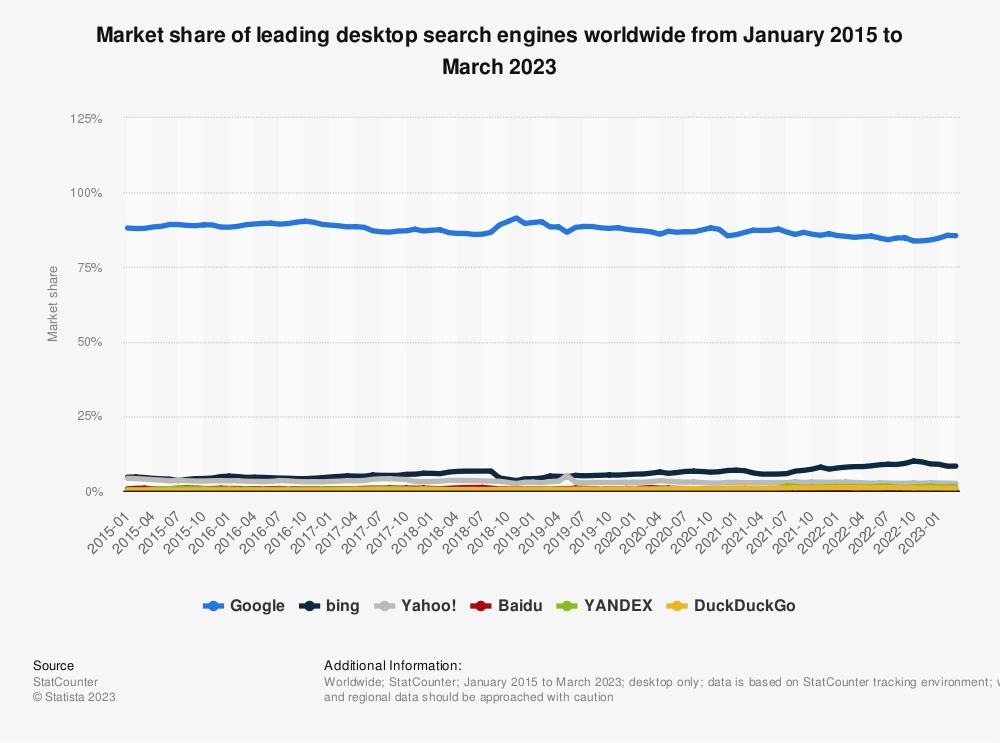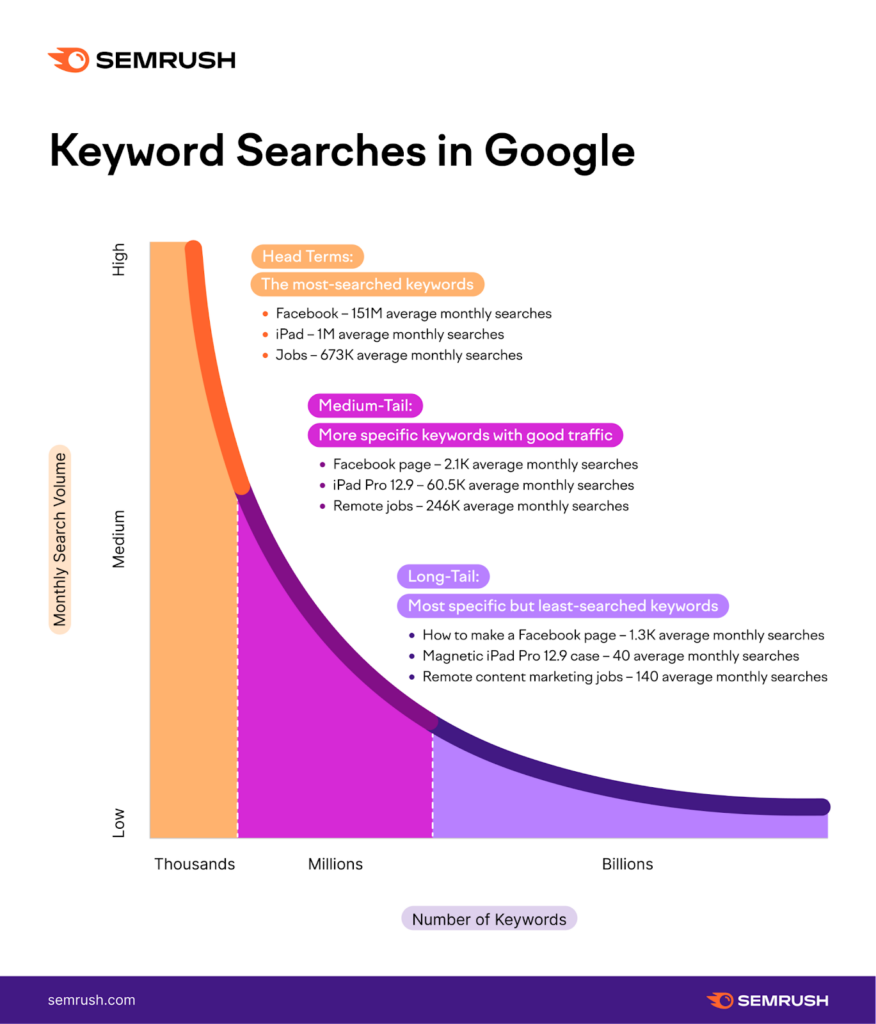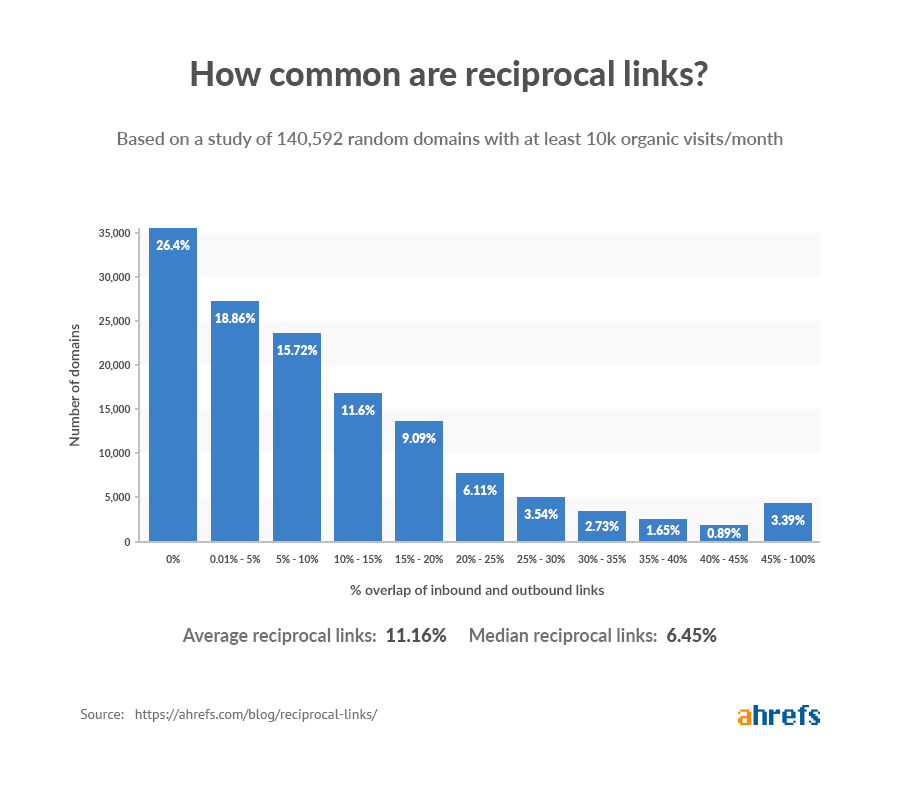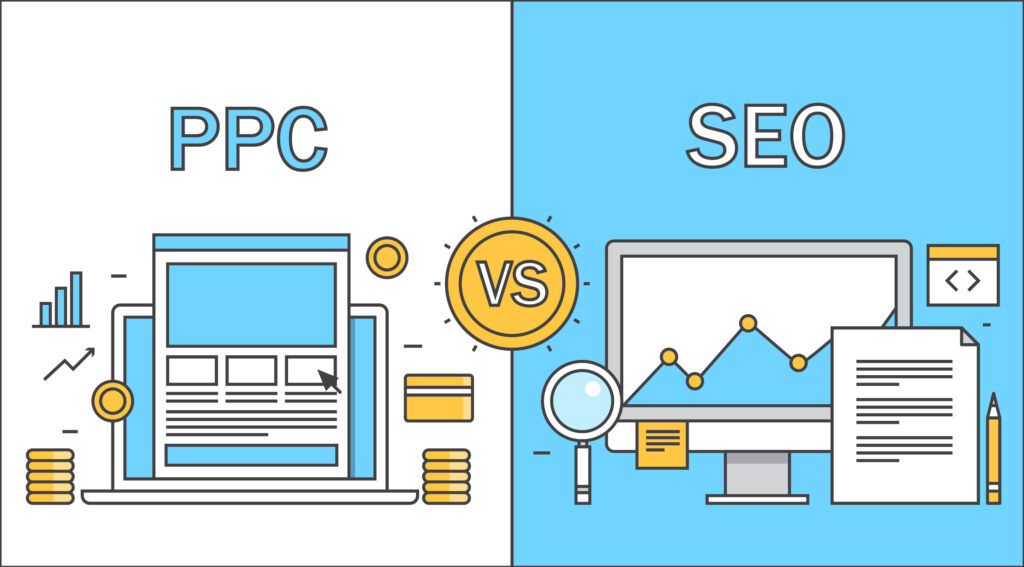Your client’s journey to a successful digital presence can seem daunting, but it doesn’t have to be.
To thrive in the ever-competitive world of digital marketing, mastering both PPC (Pay-Per-Click) and SEO (Search Engine Optimization) is essential.
In the realm of digital marketing, we often find ourselves at a crossroads, debating which route to take in the pursuit of online success. If organic search through SEO drives 57% of web traffic as opposed to 27% by paid search, then 35% of paid search visits are more likely to convert into sales.
The numbers mentioned above are a testament to the fact that there is no single pill to transform your client’s business into an online sensation overnight. It isn’t a matter of “either/or” but rather a strategic blend of both to fuel your online success.
So, Let’s analyze and deconstruct each one of them apart bit by bit.
PPC: The Marketing Agency’s Rental Ferrari
Pay-per-click advertising is like renting a Ferrari. However, in PPC marketing, you rent ad space on search engines and websites for instant visibility. And since you have purchased a digital space, you, as an advertiser, will pay a fee each time your ad is clicked, either on that website or the search engine.
So far so good, right?
Now, you know that you have to pay for your ad to get the fast and substantial results you desire. But there’s a catch. It has to do with how your Ad is ranked by Google and where it appears on Search Engine Result Pages (SERPs). Better ad creatives, high-quality keywords, lower ad spends, higher Ad ranking, and better positioning on SERPs.
What does this all entail? Why should you go for PPC advertising in the first place? Here are a few of the many reasons why you should:

- Instant Visibility: PPC marketing offers agencies and clients instant visibility on search engine result pages (SERPs) and websites. This means that as soon as you launch a Google PPC campaign, your ads are live and can be seen by potential customers, substantiated by the fact that 65% of people click on ads when they are thinking about making a purchase. And if your ads happen to show what potential customers may be looking for, then you’re well on your way to getting a successful click-through rate and sale for your business.
- Targeted Advertising: With PPC, agencies can precisely target their audience based on demographics, location, interests, and more. This level of targeting ensures that your ads are shown to the right people at the right time and can lead to a boost in brand awareness by more than 80%.
- Control of Budget: PPC advertising allows agencies to have complete control over their budget. You can set daily or monthly spending limits, ensuring you never exceed your client’s budget. This control is essential for efficient campaign management. For example, a small local restaurant can allocate a modest budget for PPC to promote daily lunch specials without overspending.
- Measurable Results:PPC provides comprehensive data and analytics, allowing agencies to measure the performance of their campaigns accurately. Metrics, like click-through-through rates (CTRs), conversion rates, Return on Investment (ROI), and more, are readily available. This data-driven approach enables agencies to make informed decisions to optimize campaign performance. In a recent PPC report by Hanapin Marketing, 79% of marketers declared that PPC marketing consistently delivers positive results.
- Keyword Control: PPC campaigns give agencies full control over the choice of keywords. They can constantly refine and update their keyword lists to ensure that their ads are triggered by relevant search queries. For instance, a digital marketing agency can bid on keywords like “PPC management services” to ensure their ads are displayed when businesses search for assistance managing their PPC campaigns. This control ensures that the agency’s ads are displayed to users actively looking for their specific services, increasing the chances of conversion.
So, how do you make your digital marketing journey to the top worthwhile with PPC?
- Compelling Copy: Crafting persuasive ad copy is the cornerstone of successful Google PPC marketing. Your ad should feature a clear and compelling Call to Action (CTA) that entices users to click. For example, Amazon’s PPC ad headline, “Find your Perfect Gift – Explore Amazon’s Selection Today,” directs users to take immediate action, driving traffic and conversions.
- Key Keywords: Keywords are the lifeblood of PPC campaigns. While tools like SEMrush and Google Keyword Planner can help identify keywords, the key is to select the most relevant ones that align with your client’s business’ Unique Selling Points (USP), services, and products. For instance, a legal/lawyer firm should include related and relevant keywords.
- Leverage Optimized Landing Page: Your ad must lead to an optimized landing page that aligns seamlessly with your ad’s message. Without this alignment, conversions are likely to be elusive. For instance, if your client’s business is offering discounts on Roofing Repairs in Google PPC ads, the landing page should prominently display related images, compelling CTAs, and the discount offer to drive conversions effectively.
- Get Geo-Targeting Going: Geo-targeting is a potent tool in PPC marketing. If your client’s goal is to target customers in a specific location, like Fort Worth, Texas, running PPC ads exclusively for that area and nearby regions is essential. Additionally, the landing page should reinforce this location-specific targeting by mentioning Fort Worth, Texas, to resonate with the target audience.
- A/B Ad Testing: A/B testing is crucial for refining your ad strategy. Testing different ad variations allows you to identify which elements resonate most with your client’s audience, leading to improved Click-Through Rates (CTR) and conversion rates. For instance, by conducting A/B testing, you can discover that a specific headline or image performs better and make data-driven adjustments to boost campaign effectiveness in paid search marketing.
However, PPC is not all smooth and shiny. It’s a rental, after all. So here are a few pitfalls that you should be wary of before you nosedive into the realm of PPC marketing:
- Click Quality: Spam/unqualified clicks eating up your ad spend for no good reason. Imagine a jealous competitor using bots/fake accounts to repeatedly click on your ads to deplete your budget without genuine interest.
- Costly Clicks: Paying for each click can become expensive, especially for competitive keywords. Say, if you’re advertising in the insurance industry, a single click on a high-value keyword like “auto insurance” can cost over $50.
- Ad Blindness: Users may develop “ad blindness,” ignoring paid ads and focusing on organic results. They may simply scroll past paid ads to find organic listings that they perceive as more trustworthy.
- Limited Real Estate: Search results pages have limited ad slots, making it challenging to secure a top position. Only a few ads make it to the top, and you have to ensure that yours features in the “few.”
Now that we have covered one of the main pillars of marketing let’s climb up to the next one.
SEO: A Digital Marketer’s Sustainable Bicycle
Search Engine Optimization (SEO) is like riding a bicycle—a sustainable and cost-efficient mode of transportation. Just like riding a bike requires consistent pedaling to gain momentum, SEO is a long-term game that demands ongoing effort and optimization. Almost 88% of marketers who still continue to invest in SEO marketing plan to allocate more budget to it in 2023.
Instead of paying for clicks, SEO focuses on optimizing your client’s website to rank higher in organic search results, making it visible to search engines and users. Now, you might wonder why you should opt for the sustainable SEO bicycle when the rental Ferrari in the form of PPC promises speed. Well, here’s why:
- Long-Term Strategy: SEO is akin to planting seeds for a tree that will provide shade for years to come. It may take time to bear fruit, but the rewards are sustained and valuable. For instance, a well-optimized blog post about “digital marketing strategies” can continue to attract organic traffic and leads long after it’s published.
- Sustainability: Unlike PPC, where you pay for each click, SEO’s ongoing costs are significantly lower once you’ve established a strong online presence. Think of it as a renewable energy source for your website – initial investments yield continuous returns in the form of organic traffic and brand visibility.
- Organic Traffic: SEO focuses on attracting organic (unpaid) traffic to your website. Users who find your website through organic search results often have genuine interest, leading to higher-quality traffic and potential conversions. For instance, someone searching for “best running shoes for marathons” is likely looking to make a purchase on your website, which has all the key content about athletic shoes.
Authority Building: SEO helps build your website’s authority in its niche. High-quality backlinks and expert content contribute to your site’s trustworthiness. Just as expert cyclists gain respect in the cycling community, a website with authoritative content and high-quality backlinks earns trust and recognition in its niche.
Adaptation: SEO adapts to changing algorithms and user behaviors. Regular updates and improvements keep your website in top shape, much like maintaining a bicycle for peak performance.
Given the amount of time and effort that is required in perfecting your SEO game, it is imperative that you master the art of SEO marketing lest the sunk cost fallacy kicks in. Well, here’s a checklist on how you accomplish that:
- Content is King: Create high-quality, relevant, and informative content that resonates with your target audience. Consistently updating your blog or website keeps your content fresh.

- Keyword Craftsmanship: Identify and strategically use relevant keywords that align with your business’s unique selling points, services, and products. According to SemRush, Long-tail keywords make up the majority of Google searches—for example, Homemade coffee filters, marketing agencies for SaaS, etc.

- Link Building: Secure high-quality backlinks from reputable sources to boost your website’s authority and credibility. 43.7% of the top-ranking pages have a good amount of reciprocal links linking to other credible sites, implying that Quality matters more than quantity in the world of backlinks.
- Mobile Optimization: Optimize your website for mobile devices, as mobile-friendliness is a critical factor in SEO rankings, with 41% of web traffic comprising searches from mobile devices.
- Engaging User Experience: Ensure a smooth and engaging user experience on your website. Fast loading times, intuitive navigation, and clear calls to action are vital.
- Local SEO: If you target a specific geographic area, focus on local SEO strategies to appear in local search results and Google Maps.
If PPC can sometimes be hard on the pocket, SEO can definitely seem laborious and low-risk-low-rewarding. Here are a few caveats to be mindful of before you jump into SEO marketing:
- Practice Patience: SEO takes time to yield significant results. It requires consistent effort and patience to see your website climb in rankings.
- Competitive Challenges: In some industries, competition for top rankings can be fierce. It may take more time and effort to outrank competitors.
- Algorithm Adaptation: Search engine algorithms evolve, and what works today may need adjustment tomorrow. Staying up to date is crucial.
- Professional Prowess: Effective SEO often requires technical knowledge, such as website optimization and schema markup.
- Persistent Proctoring: SEO demands ongoing monitoring and adjustment to maintain and improve rankings.
Conclusion
In the ever-evolving landscape of digital marketing, the choice between PPC advertising and SEO marketing isn’t a matter of “either/or.” Instead, it’s about harnessing the power of both strategies to drive your online success.
With PPC, you can zoom ahead in the fast lane, while SEO provides the foundation for a steady and enduring climb. So, gear up and let PPC and SEO be your steadfast companions on the road to becoming a true brand with a capital “B.”

